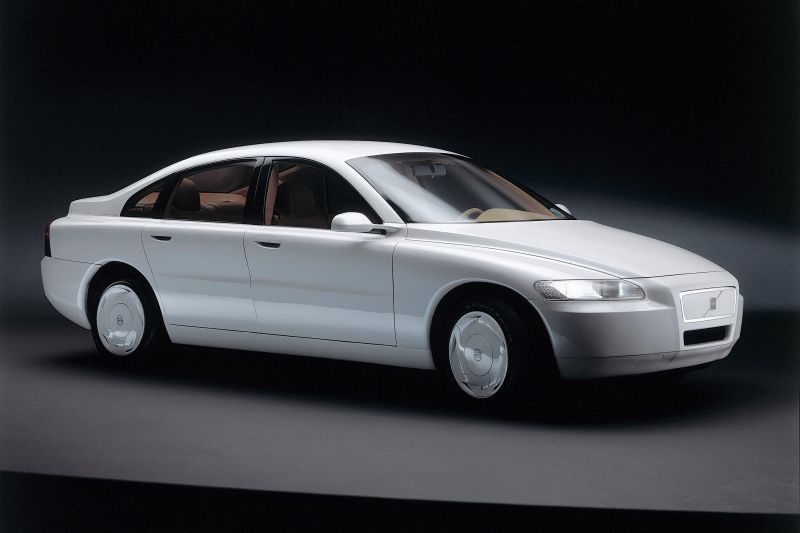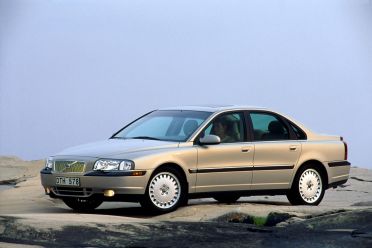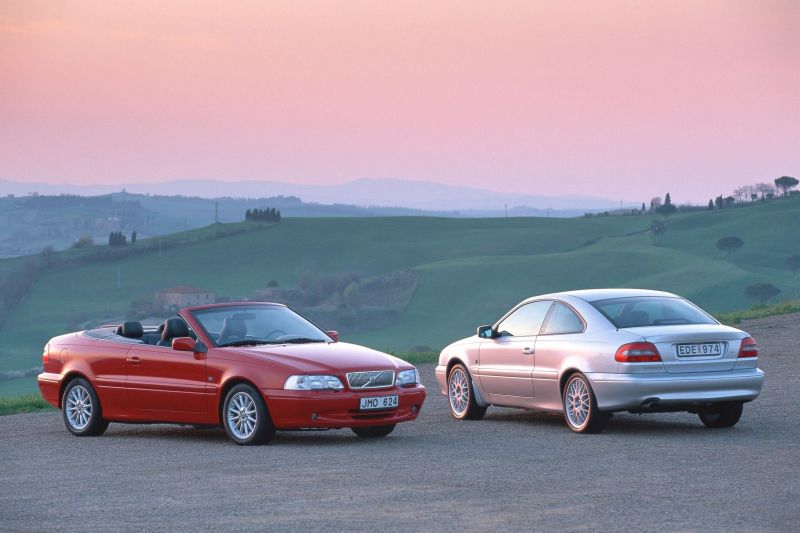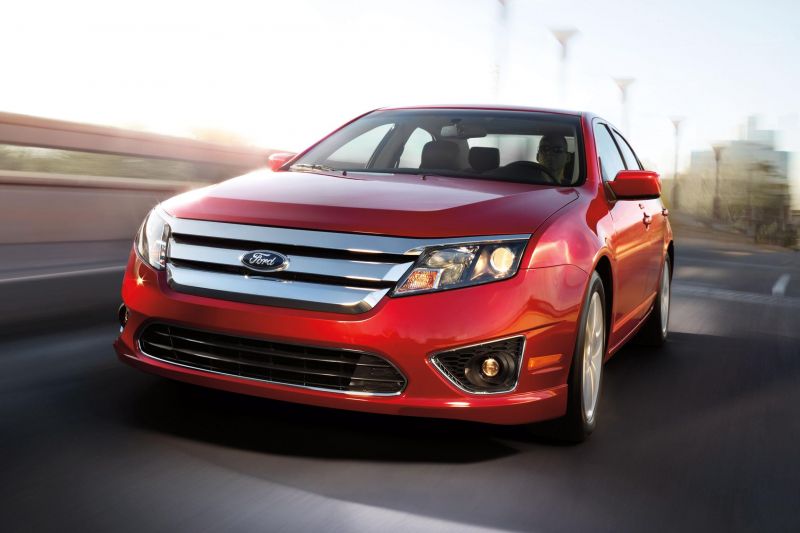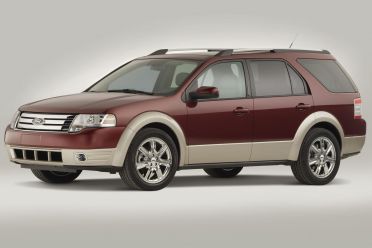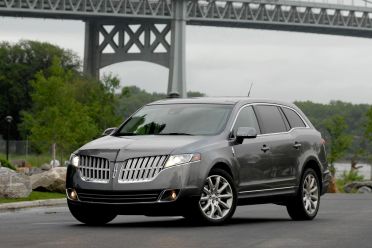Peter Horbury, the English automotive designer famed for transforming Volvo into a style leader, has passed away at the age of 73.
Overnight Lotus Cars announced, “[Peter Horbury] passed away earlier this week while visiting colleagues in China, doing what he has always done — leading, inspiring and mentoring others to challenge conventions and be the best that they can be”.
Horbury was head of design for Group Lotus at the time of his passing. The company did not provide more details about his death.
Born in 1950 in Alnwick, north of Newcastle in northern England, Horbury gained an industrial design degree from the Newcastle-upon-Tyne College of Art. In 1974 he got a master’s degree in automotive design from the Royal College of Art.
His first job after graduating was with Chrysler UK, where he worked on the grille of the 1978 Chrysler Simca Horizon, also known as the Talbot Horizon on the Continent.
In 1977 he jumped ship to Ford before starting his first stint at Volvo in 1979. Based in the Netherlands, he worked on the Volvo 480 hatch, the company’s first front-wheel drive vehicle, and quite a radical-looking car given the mainstays of the range were the boxy 240 and 740/760 models.
After spending a few years as design director for the consultancy MGA in Coventry, England, in 1991 Horbury took the job that made him known throughout the automotive world, design chief of Volvo.
In the years since Horbury last worked at Volvo, the company had solidified its reputation for building incredibly safe cars, but its incredibly square designs were holding the brand back from greater acceptance.
The 1992 ECC concept ushered in a new design philosophy centred around a broad shoulder line, an embrace of curves and surfaces, but with a few hints of upright Volvos of yore.
While much of what we saw with the ECC concept entered production in 1998 as the S80, the first production Volvo penned under Horbury’s watch was the 1995 S40/V40 range, which shared its bones with the ironically named Mitsubishi Carisma.
Under the leadership of Australian Jacques Nassar, Ford bought Volvo Cars in 1999, and created the Premier Automotive Group (PAG) to house all of its luxury brands, including Aston Martin, Jaguar, and the newly acquired Swedish marque. Land Rover was added to the roster a year later.
With Volvo’s image rehabilitated in just over a decade, Horbury was tapped to be the chief designer of PAG – but each of the luxury marques essentially operated independently, and two years later he was promoted to Ford head of design for North America.
There he instigated the “red, white and bold” theme, which aimed to give Ford and Lincolns a more distinctive appearance. Various Ford models, including the Fusion, revived Taurus, and Flex, gained bolder faces with a thick three-bar chrome grille. The Lincoln brand, meanwhile, began introducing its waterfall grille.
In 2009 Horbury moved back to Volvo, and a year later the Swedish brand was sold to Geely as Ford undid its PAG empire as part of its successful effort to stave of bankruptcy during the Global Financial Crisis.
By 2011 Horbury was in charge of design for the entire Geely group. In addition to overseeing the work of Thomas Ingenlath, his successor at Volvo, and now CEO of Polestar, Horbury was in charge of setting the direction for Geely’s ever-expanding range of brands, which now includes Lotus, Proton, Lynk & Co, Smart, and Zeekr.
Horbury’s duties at the Chinese automaker were cut back when he was replaced in 2021 by Stefan Sielaff, formerly head of design at Bentley, although he remained in charge at Lotus to guide the firm into the EV era and an expansion into crossovers and GTs.

